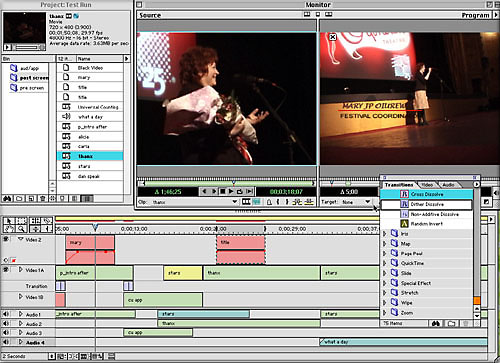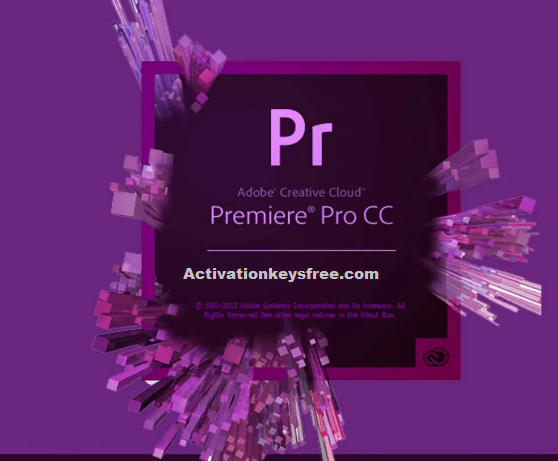
- #Adobe premiere 6.0 full abandonware software#
- #Adobe premiere 6.0 full abandonware code#
- #Adobe premiere 6.0 full abandonware professional#
- #Adobe premiere 6.0 full abandonware windows#
#Adobe premiere 6.0 full abandonware professional#
The goal of was to develop a more professional value to the product as of 2016. The project released a studio centric version 5.0 of Cinelerra. At the present time, this repo does not contain source code.
#Adobe premiere 6.0 full abandonware code#
Since early 2015, has an open Git repository on Google Code for analysis and for input however, that platform is read-only since. It was organized to merge all existing Cinelerra projects while also providing additional fixes and enhancements. The project was following commercial interests, aiming at offering professional support to its users. The domain was then taken over by a different project managed by Michael Collins, one of the founders of Cinelerra. Around January 2014 the Cinelerra-CV Community overlooked the renewal of. The website was originally registered by a member of Cinelerra-CV Community Richard Baverstock on Jan 10 2004. In December 2018 Libre Graphics World included Cinelerra in its comparison of the sustainability of video editors for Linux.

Īt the National Association of Broadcasters' 2004 Electronic Media Show, Cinelerra received Bob Turner's "Making the Cut" award, given to "the best and most exciting post-production products seen at the convention". However, the company does not seem to be active in the Cinelerra field anymore.

#Adobe premiere 6.0 full abandonware software#
Professional use was mostly promoted by Linux Media Arts, which sold an integrated hardware and software package for video production that includes Cinelerra. This has the advantage that it looks and works the same no matter which distribution or desktop is used, and removes being dependent on a changing version of the desktop (for instance GNOME 2 / GNOME 3].Ĭinelerra has gained ground among some Linux enthusiasts looking for a native video editing system. the resource window, which presents the user with a view of all audio and video resources in the project, as well as available audio and video effects and transitions andĬinelerra uses its own widget toolkit Guicast (the Cinelerra GUI library), not conforming to the human interface guidelines of major Linux desktops such as GNOME and KDE.The compositor is interactive in that it allows the user to adjust the positions of video objects it also updates in response to user input. the compositor, which presents the user with a view of the final project as it would look when rendered.the viewer, which gives the user a method of "scrubbing" (manually moving the playhead forwards or backwards to locate a specific cue or word) through footage.The timeline, which gives the user a time-based view of all video and audio tracks in the project, as well as keyframe data for e.g.
#Adobe premiere 6.0 full abandonware windows#
The user is by default presented with four windows (clockwise from lower left in picture at top right): However, because it includes a compositing engine, it may also be likened to compositing software such as Adobe After Effects, Smoke on Linux or Shake. Īn overview of the different variants that released more than one version:Ĭinelerra's interface is similar to that of other Non-linear editing systems, such as Adobe Premiere Pro, Final Cut Pro, and Avid Media Composer. Even though the different variants look the same, there are considerable functional differences between them. For a complete overview of versions, see the Variants section below. There have been several spin-offs made by the open source community, Cinelerra-GG and Cinelerra-CVE (a fork of Cinelerra-CV) are presently under active development. The original version is still being produced by Adam Williams.

Since then, many versions have been released. Cinelerra became the first 64-bit media production application when it was rewritten to work with the AMD Opteron processor in June 2003 and was presented at SIGGRAPH 2004 in San Diego. Because of UI limitations Williams rewrote significant parts and released that as Cinelerra on August 12, 2002, while Broadcast2000 was withdrawn by Heroine Virtual in September 2001. 1999 saw Broadcast2000, which included video. In 1997 Broadcast 2.0 was released, still audio only but unlimited tracks. In 1996 Adam Williams of Heroine Virtual, lead developer of Cinelerra, released a Unix audio editor called Broadcast 1.0 which could handle 2G audio files.


 0 kommentar(er)
0 kommentar(er)
